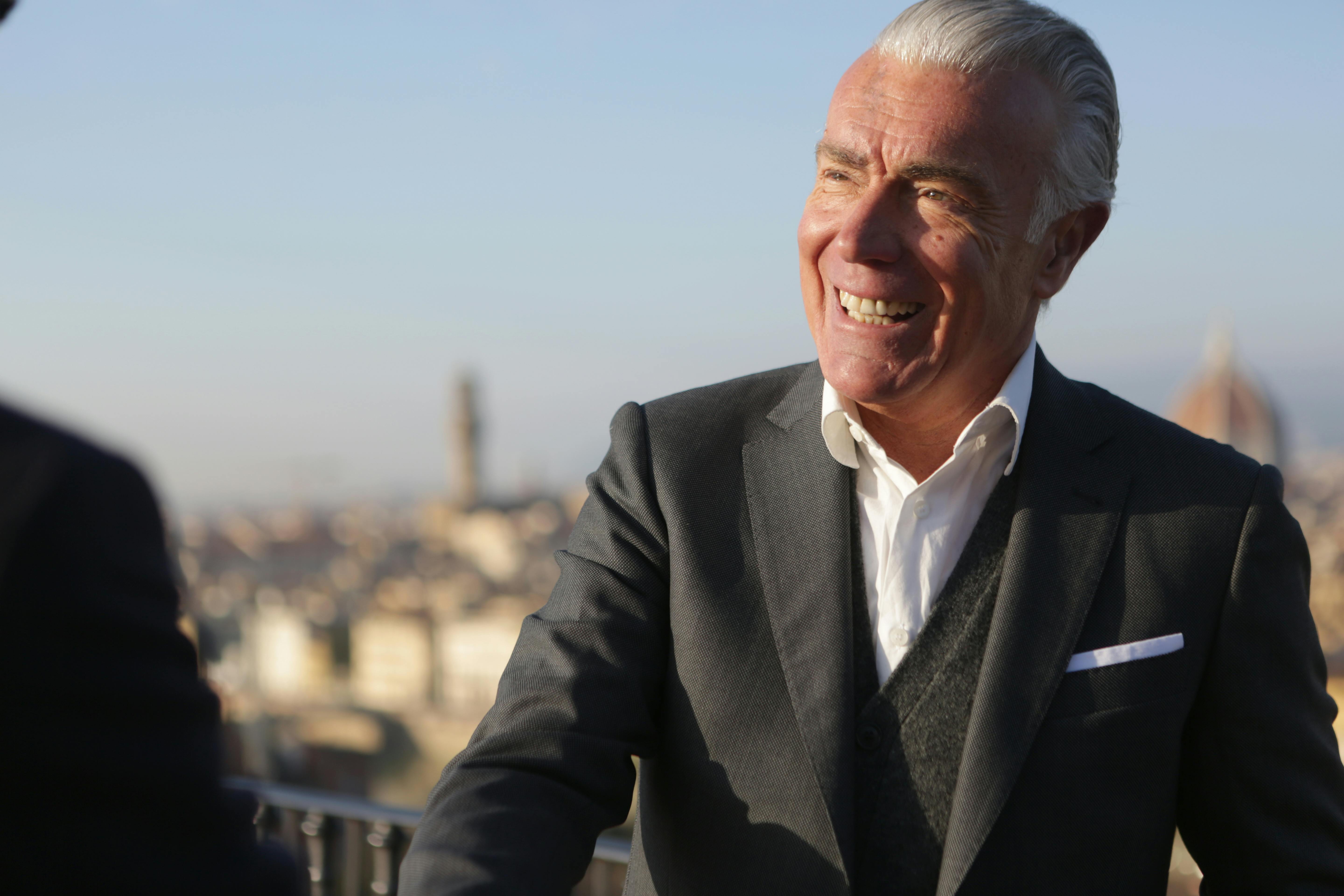
Exploring Valletta, Malta
Whether it’s history, music, culture or just an idyllic beach holiday, Valletta is an affordable city to visit. Much like Rhodes, where you walk through cobbled streets and narrow alleys in a juxtaposition of history and modern life, Valletta can be both eye-catching and creepy. One man, so convinced that he was haunted, proceeded to write his own “ghost tours” in a story posted online.
What is Valletta, Malta famous for?
The history of Valletta, the historic and well-preserved capital of Malta, is intertwined with that of the Knights of Malta. Alternatively, these knights were called the Sovereign Military Order of Malta (SMOM), and officially called the Sovereign Military Order of Saint John of Jerusalem, of Rhodes and of Malta because Rhodes and Malta were at one point their base. They were expelled from Rhodes in 1522 and were given Malta by Charles V of Spain, who was also King of Sicily, in 1530.
In 1565 they were besieged and nearly defeated, but ultimately held off the Ottoman Suleiman’s army. However, their cities were destroyed and a decision was made to build a new city, Valletta, on the Xiberras peninsula. Construction began in 1566. It is named after its ‘Grand Master’ who had held off invaders during the siege.
Accommodation in Valletta
There are a variety of hotels in Valletta. You can even find some bargains overlooking the Grand Harbor from 35 euros a night. In fact, there are cheaper accommodations for the more budget conscious; although it’s not that close to the city center, prices start from just 11 euros.
Of course, there are more luxurious properties, at quite reasonable prices: four-star hotels from €48, 5-star hotels from €63, and pretty boutique hotels from €75. You can even stay in one of the palaces built by the Knights of Malta for as little as €44, though the rooms seem pretty plain.
Valletta Tourism
Valletta was declared a UNESCO World Heritage Site in 1980, and a walk through the historic buildings shows why. The city is mostly Baroque in style, although a neoclassical influence can be seen in some areas. Many of the original palaces are now used in various ways as government buildings, shops, and museums. For example, the Magisterial Palace of the Grand Master is where the parliament is currently located. It is open to the public when not in session. And the Auberge de Castille is now the home of the Maltese Prime Minister. A rather beautiful residence is the Casa Rocca Piccola, which is one of the few palaces still used as a home by members of the Maltese nobility. It is also open to the public and is in good condition.
With such a history of battles lost and won, it’s no wonder that Valletta has grand displays of full armour, pistols and other weapons, dating back to the 15th century. You can find them in the Armory Museum of the Palace of the Grand Master. Some of the armory’s contents were brought to the UK in the 1850s, however the collection remains impressive.
For military buffs, there is also the Maltese War Museum in Fort San Telmo, an important building in itself. This museum covers the military history of Malta from 1800 onwards, including World War II.
As well as having many palaces, Valletta has several richly decorated churches. These include St Paul’s Anglican Cathedral, St Francis of Assisi Church and probably the most opulent, St John’s Co-Cathedral.
Valletta has had many famous and historic visitors throughout its life, and the beautiful harbors provide a scenic backdrop to explore its rich heritage.